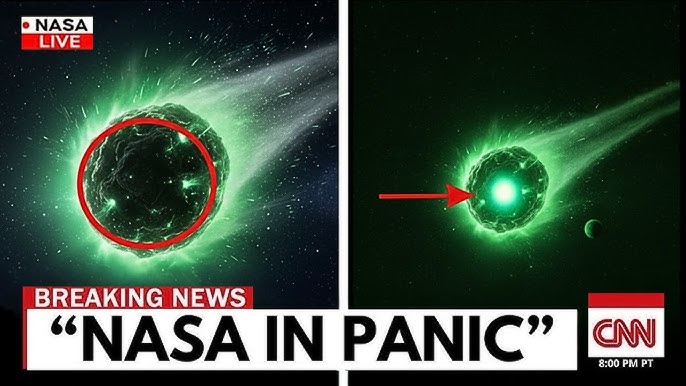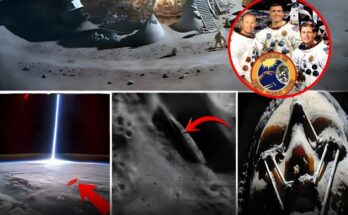🔭 What We Know About 3I/ATLAS
3I/ATLAS is the third known interstellar object after ʻOumuamua (2017) and 2I/Borisov (2019).
It was discovered in 2025 and is moving on a hyperbolic orbit, meaning it came from outside the solar system and won’t return.
Early observations show it behaves like a comet — with a diffuse coma and tail caused by sublimating ices.
💡 The “Mysterious Lights” Claim
Viral posts suggest JWST picked up artificial “lights” or city-like glows inside the comet.
In reality, JWST observes in infrared and detects heat signatures, reflected sunlight, and chemical fingerprints, not artificial lighting.
Bright spots in its data often come from:
Jets of gas/dust venting off the comet’s surface.
Sunlight reflecting off ice grains.
Background stars or galaxies in the line of sight.
🛰️ What JWST Is Really Doing
Astronomers use JWST to study the chemical makeup of interstellar visitors like 3I/ATLAS.
Findings could reveal organic compounds, water ice, or exotic chemistry — important for theories about how life’s ingredients travel between star systems.
So far, the data shows natural cometary activity, not artificial lights.
✅ Bottom Line:
James Webb has not detected alien lights inside 3I/ATLAS. The “mysterious lights” are almost certainly natural outgassing and sunlight reflections, not technology. Still, 3I/ATLAS is fascinating because it’s a rare piece of another star system passing through ours.



